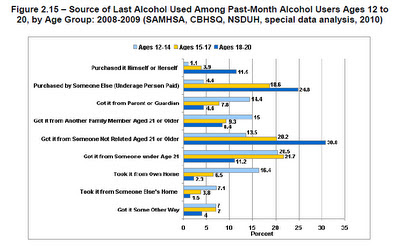Every year, the Washington State Prevention Summit provides youth and adults from around the state with resources and information about substance abuse and violence prevention. Handouts from some of the 2011 presentations are now available online.
From my perspective, a common theme among many of the speakers was the importance of prevention activities that address the whole person and the whole community. For example:
- During his presentation, Anthony Biglan discussed different strategies for developing nurturing communities including nurturing schools and families.
- Heather Larkin discussed a whole person approach to addressing Adverse Childhood Experiences (ACES).
- Harold Holder described his research around implementing environmental prevention strategies as part of a comprehensive, community-wide approach.
- Children's own Leslie Walker talked about creating health equity by reducing the fragmentation of services and considering the family, social, and community issues of each teenager needing help.
Another theme that emerged during the Summit was that, in the long run, prevention saves money. This is an especially important message during these difficult economic times. Stephanie Lee from the Washington State Institute for Public Policy provided specific examples during her presentation. One of the prevention programs she highlighted is Life Skills Training, the prevention curriculum offered at Eckstein Middle School. Here is the slide from her presentation:










